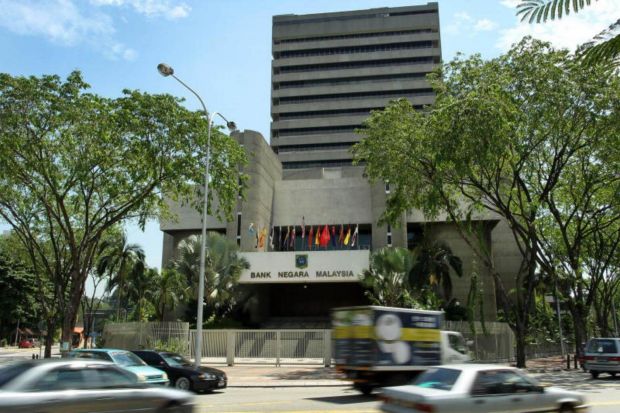Further rate cut by Bank Negara Malaysia expected in Q4 2019: HSBC
Bank Negara Malaysia (BNM) kept its policy rate on hold at 3 per cent, in line with expectations held by HSBC and 25 out of 28 economists polled by Bloomberg.
The central bank believes that the external sector might be weighed down from slower global growth and trade-related downside risks. However, it expects domestic demand to remain resilient.
As such, analysts at HSBC believe that BNM is signalling that there is no justification for further imminent monetary policy accommodation.
Additionally, BNM expects headline inflation to rise in the coming months once the effect of consumption tax fades away, although the rise should remain broadly stable.
BNM reiterated its growth forecast range of 4.3 to 4.8 per cent, with HSBC analysts predicting growth will come in at 4.5 per cent. According to analysts, growth tracking within this range should preclude the need for near-term policy action.
Moreover, while external risks are clearly growing, they said that Malaysia’s economy remains in a somewhat enviable position with export growth still positive and industrial production growing 3 to 4 per cent year-on-year, while foreign direct investments inflows are at record highs.
Analysts said that Malaysia’s domestic demand will clearly drive its economic growth, but there are downside risks on the domestic front over the next year.
For one, corporate sentiment still appears subdued, and economy-wide financing aggregates remain near multi-decade lows, even if the rate cut in May appears to have boosted loan demand.
Meanwhile, wage growth has been decelerating. Yet even with these downside risks, domestic demand will remain in line with potential for the rest of the year.
Finally, analysts predict that Malaysia’s 2020 budget will be crucial in spurring further monetary action. The government has committed to a 3 per cent deficit in 2020, down from a deficit of 3.4 per cent in 2019. This will likely translate to a negative impulse on 2020 growth.
Analysts said that this suggests that there will be a mandate for further monetary policy action to prevent growth falling below potential, and to uphold underlying inflation which they find already low, tracking 1.6 percent year-on-year on a tax-adjusted basis.
Hence, analysts see a further 25 basis points pre-emptive rate cut in Q4 2019, following the October announcement of the 2020 budget.


 Thailand
Thailand




